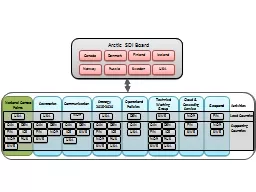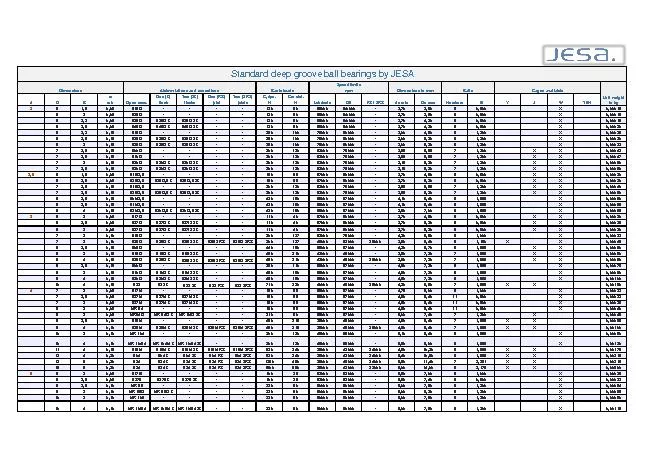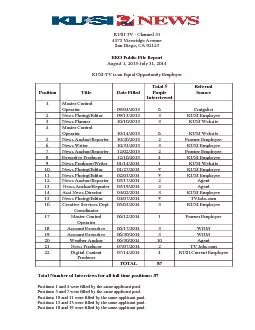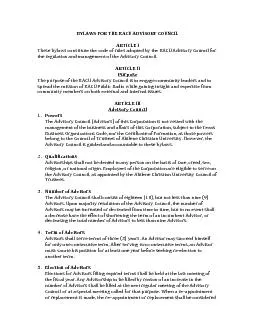PPT-Introduction SWE 619 Why Is Building Good Software Hard?
Author : shangmaxi | Published Date : 2020-06-15
Large software systems enormously complex Millions of moving parts People expect software to be malleable After all its only software We are always trying to do
Presentation Embed Code
Download Presentation
Download Presentation The PPT/PDF document "Introduction SWE 619 Why Is Building Goo..." is the property of its rightful owner. Permission is granted to download and print the materials on this website for personal, non-commercial use only, and to display it on your personal computer provided you do not modify the materials and that you retain all copyright notices contained in the materials. By downloading content from our website, you accept the terms of this agreement.
Introduction SWE 619 Why Is Building Good Software Hard?: Transcript
Download Rules Of Document
"Introduction SWE 619 Why Is Building Good Software Hard?"The content belongs to its owner. You may download and print it for personal use, without modification, and keep all copyright notices. By downloading, you agree to these terms.
Related Documents














